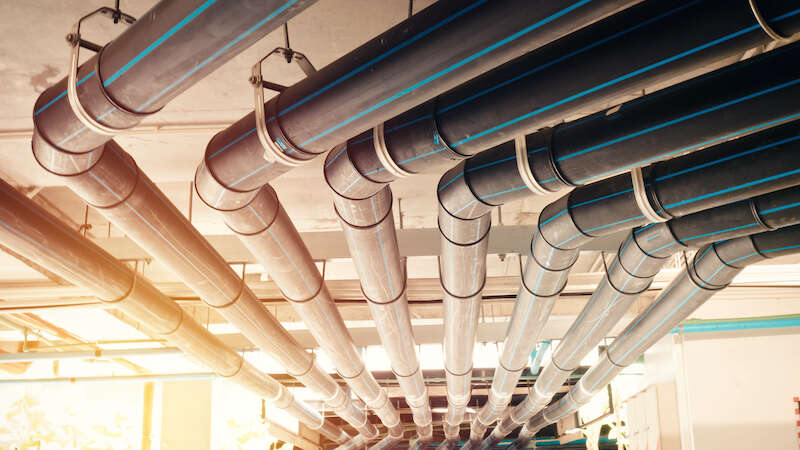Trial to Run Fibre Broadband Cables through Water Pipes

The government is committing £4 million to trials that will run fibre-optic broadband cables through water pipes to connect difficult-to-reach homes without excavating roads.
Using existing pipes could be a way to get around the expense of installing new ducts and poles, which can account for as much as four-fifths of the costs of new gigabit-capable broadband networks, the government said.
Digital infrastructure minister Matt Warman said: “The cost of digging up roads and land is the biggest obstacle telecoms companies face when connecting hard-to-reach areas to better broadband, but beneath our feet there is a vast network of pipes reaching virtually every building in the country.”
The dual-purpose trials will also consider whether fibre-connected monitors in these pipes can help water companies identify and repair leaks. Around a fifth of water put into public supply every day is lost to leaks. The sensors could help water companies deliver their promise of slashing this loss by half.
“We are calling on Britain’s brilliant innovators to help us use this infrastructure to serve a dual purpose of serving up not just fresh and clean water but also lightning-fast digital connectivity,” Warman says.
The government will appoint a consortium, which could include telecoms firms, utility providers and engineering companies, to deliver the £4 million project. Any proposal will need approval from the Drinking Water Inspectorate to ensure the water remains uncontaminated.
The launch of the fund follows a government call for evidence on how more than one million kilometres of underground utility ducts, used to deliver water and energy, could be harnessed to facilitate the rollout of gigabit-capable broadband. The government is consulting on changing regulations to make this sharing of infrastructure easier.
Similar sharing projects have been launched in other countries, including in Spain, where broadband cables have been run through water pipes.
Boris Johnson has pledged to deliver gigabit broadband to 85% of households by 2025—a promise that has been repeatedly watered down and that the industry still thinks is unattainable. Currently, 42% of households can access gigabit speeds (>1,000Mbps), with 25% connected to full fibre.
However, for the 190,000 without access to "decent" (>10Mbps) broadband, those speeds are a distant dream. They're muddling through with connections that aren’t suitable for many modern internet activities, including streaming and video calls. Poor broadband coverage in rural areas is also impacting mobile signal, with broadband cables serving as the backbone of 4G and 5G networks.
The government and telecoms providers have promised to connect these left-behind premises, with projects including low earth orbit satellites and fixed wireless networks.
Read on our blog

With the government poised to implement tough new measures to...

Budget broadband provider TalkTalk has been notifying customers via email...

A year-long investigation by charity Citizens Advice has revealed a...

Education Secretary Nadhim Zahawi has announced a new commitment to...
